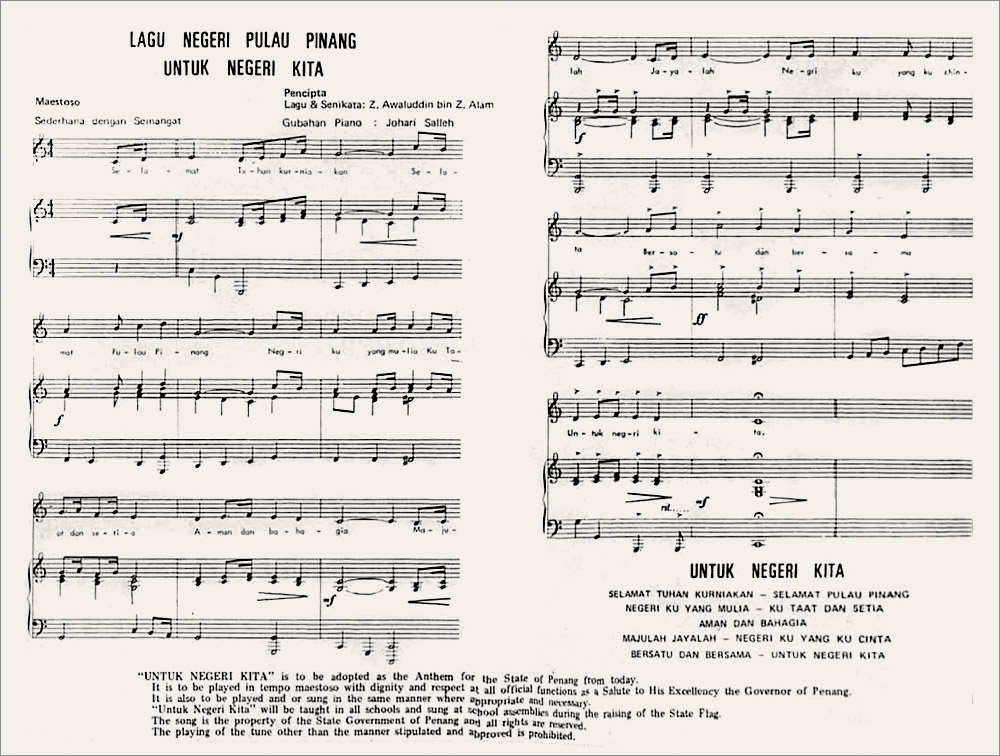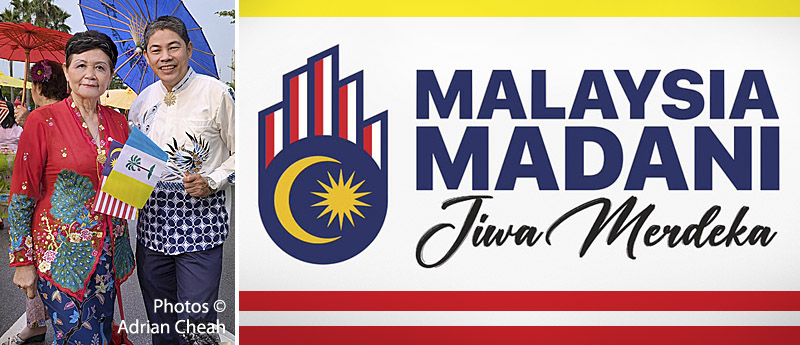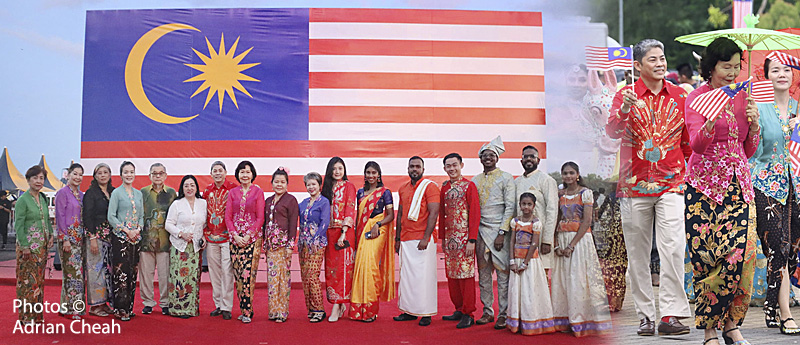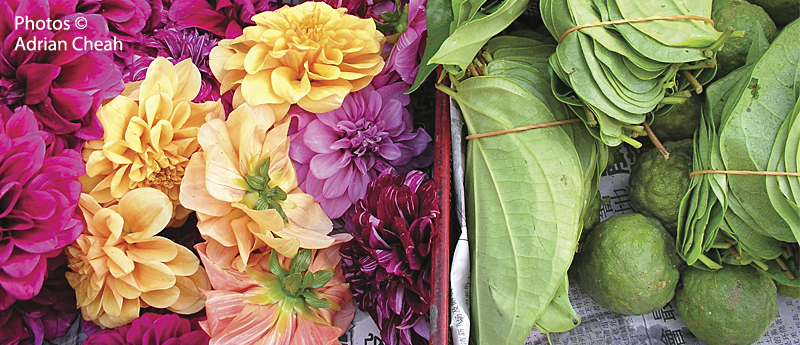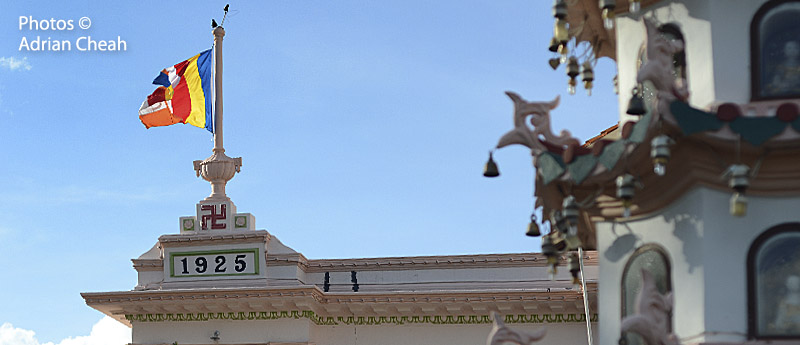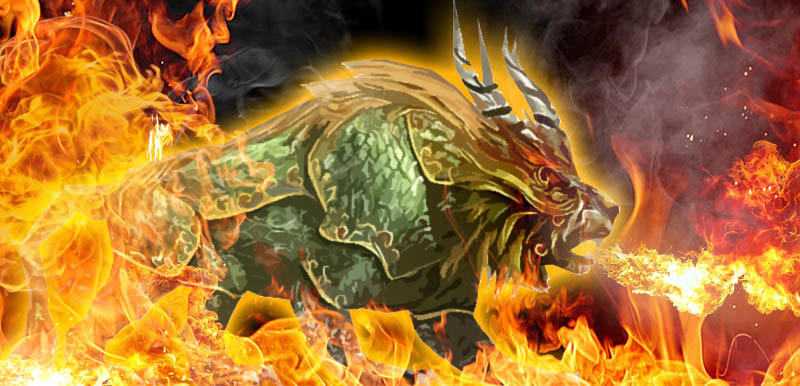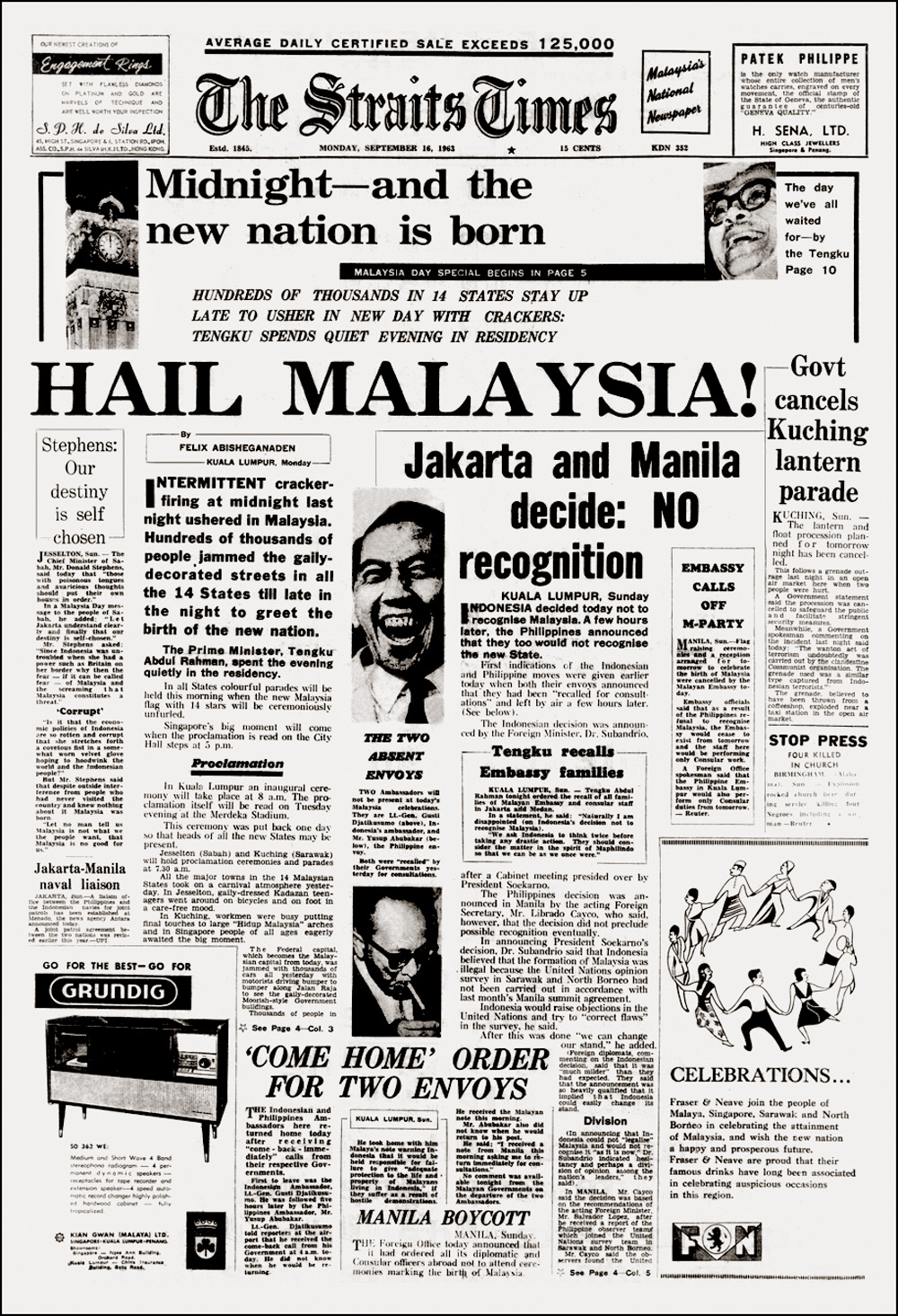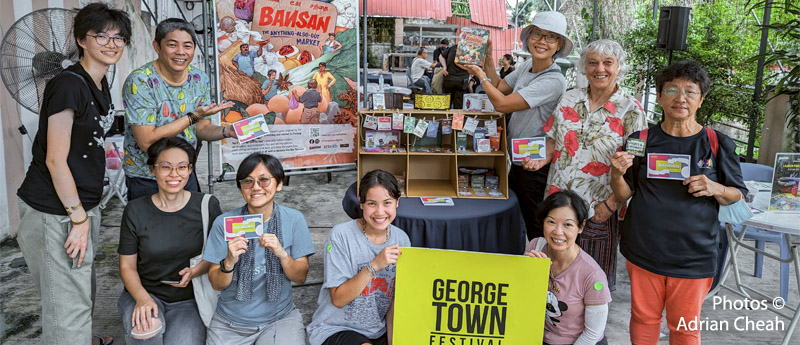Penang's Cina Wayang (Chinese opera) – for gods and ghosts
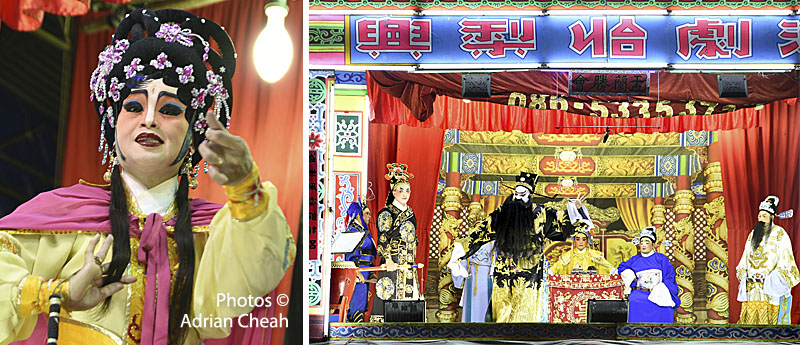
Growing up in Ayer Itam in the 1970s was like being part of a celebration that never truly ended. The wet market was the heart of our lives, a place where food was not only sold but also shared, improvised and made personal. We carried our own tiffin carriers, sometimes even our own eggs, to hand over to the char koay kak lady or to Pak Dollah, the mee goreng man. They accepted them without question, as if it had always been the way things were done. Ah Heng, the rojak man, set up his cart just outside my house. I can still picture him skewering green mango halves with a lidi, topping them in thick rojak sauce and crushed peanuts—a truly scrumptious snack. His bangkwang slices, prepared in the same way, were another favourite of mine, cool and crunchy against the richness of the rojak sauce. In time, Ah Heng moved from rojak to koay teow th'ng. I thought I would miss the old flavours, but his bowls of noodles soon became their own kind of comfort. Minced pork, tender slices of meat, liver and fish balls where everything came together in a broth that warmed you from the inside out. And always, there was the finishing touch of bak yu phok (fried lard) and spring onions.



